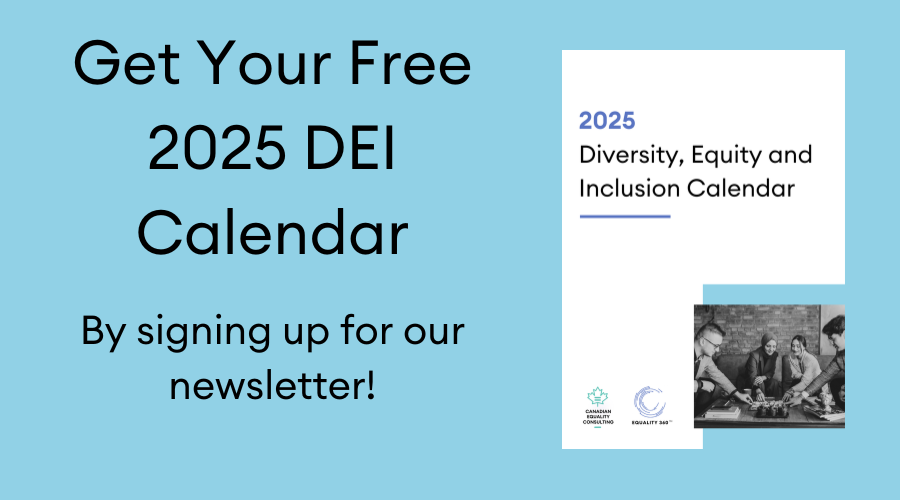
What is Workplace Inclusion?
In our previous blog post in our series on Diversity & Inclusion, we discussed Workplace Diversity and why it should be prioritized in the workplace. In this post, we discuss Workplace Inclusion: what that means and how it complements diversity initiatives within your organization.
Diversity in the workplace means that an organization employs a diverse team of people who are reflective of the society in which it exists and operates. This means a workplace that is comprised of employees with diverse racial, ethnic, class, and gender identities, among other identities. Ensuring that this diverse group of employees is welcomed and supported through effective inclusion in the workplace strategies is the goal of creating an inclusive workplace.
The Society of Human Resources Management defines workplace inclusion in practice as “the achievement of a work environment in which all individuals are treated fairly and respectfully, have equal access to opportunities and resources, and can contribute fully to the organization’s success.” This definition highlights the importance of fostering inclusion in the workplace to ensure all employees feel valued and can thrive.
What are some of the markers of Workplace Inclusion?
- A culture of respect. An inclusive workplace listens to the opinions of all employees and ensures that those opinions are carefully considered. Inclusion in the workplace means that employees of diverse backgrounds feel supported in raising their voices in a professional context and are confident that their perspectives will be valued.
- Shift in organization culture and mindset. Ensuring that inclusion is truly an organizational priority may involve a shift in organizational culture and mindset, including changing priorities and critically examining the way the organization builds their strategies. A truly inclusive workplace approach is not a band-aid solution but rather a systemic change
- Avoiding tokenism. Having diversity as a “ticking boxes” exercise without actually incorporating diverse viewpoints in the organization, particularly at the higher levels of leadership, is called tokenism. This practice does not support true diversity, as respect, open communication, and a culture of belonging must be integral to an organization’s Inclusion and Diversity approach.There are specific strategies that an organization can take to ensure that inclusion is fully championed in its practices, ultimately fostering an inclusive workplace.
Essentially, Workplace Diversity is having varied employees (the “what”). Inclusion in the workplace is the practice by which Workplace Diversity is ensured and supported (the “how”). In our next blog post in this series on Diversity and Inclusion, we will discuss concrete examples of what this looks like in practice.
Supporting workplace diversity through inclusion practices may be the path to greater success for your organization and a more inclusive workplace with happier employees. Need help with building workplace inclusion? Contact Canadian Equality Consulting and begin a discussion on how to make your workplace more responsive to the needs of your diverse employees.

